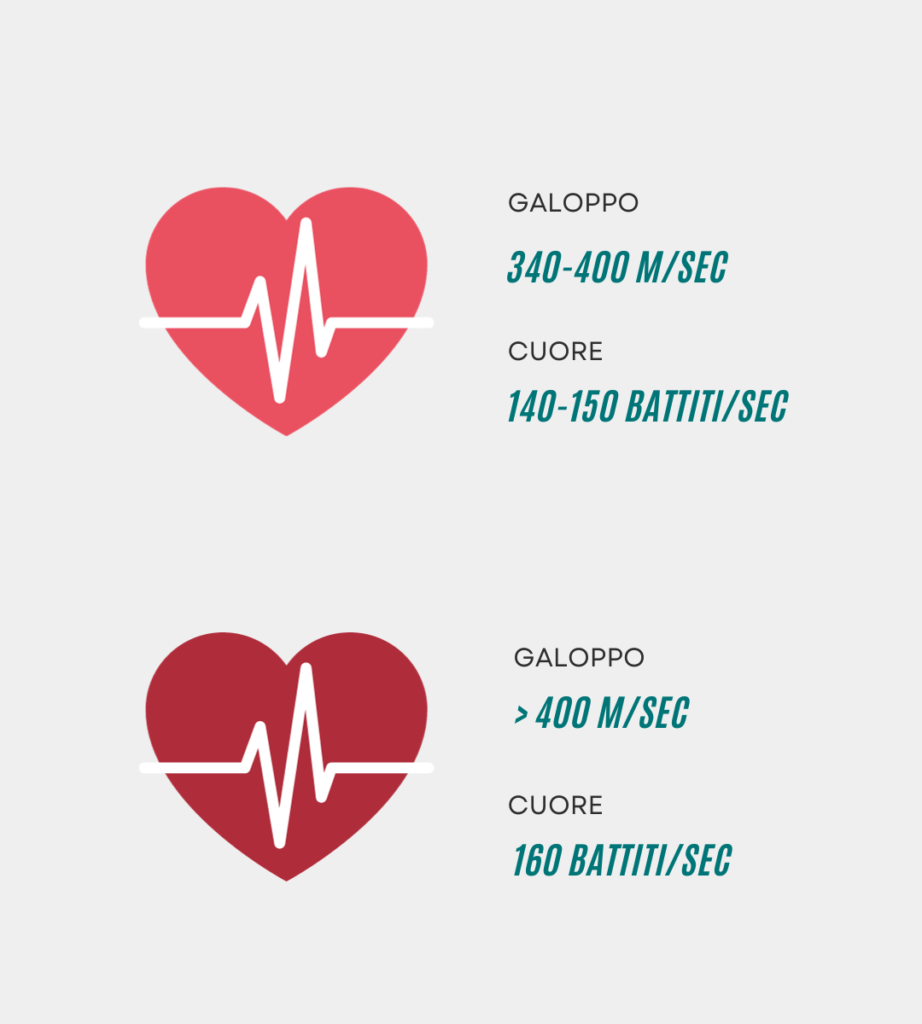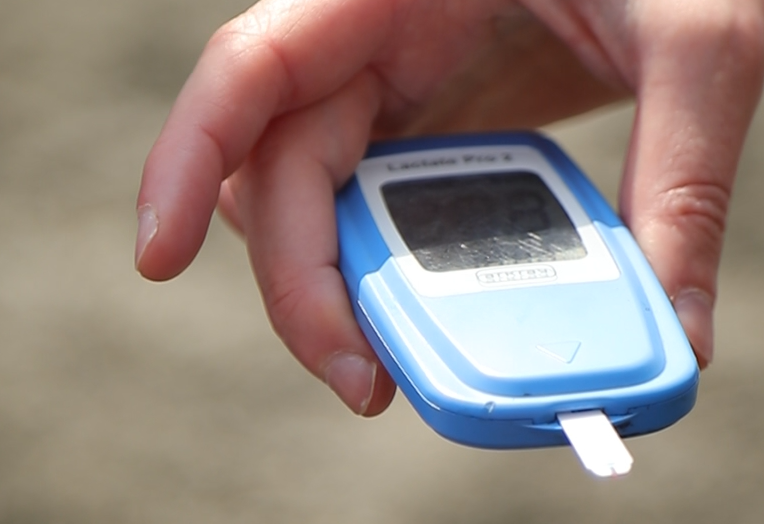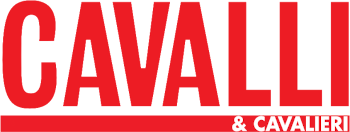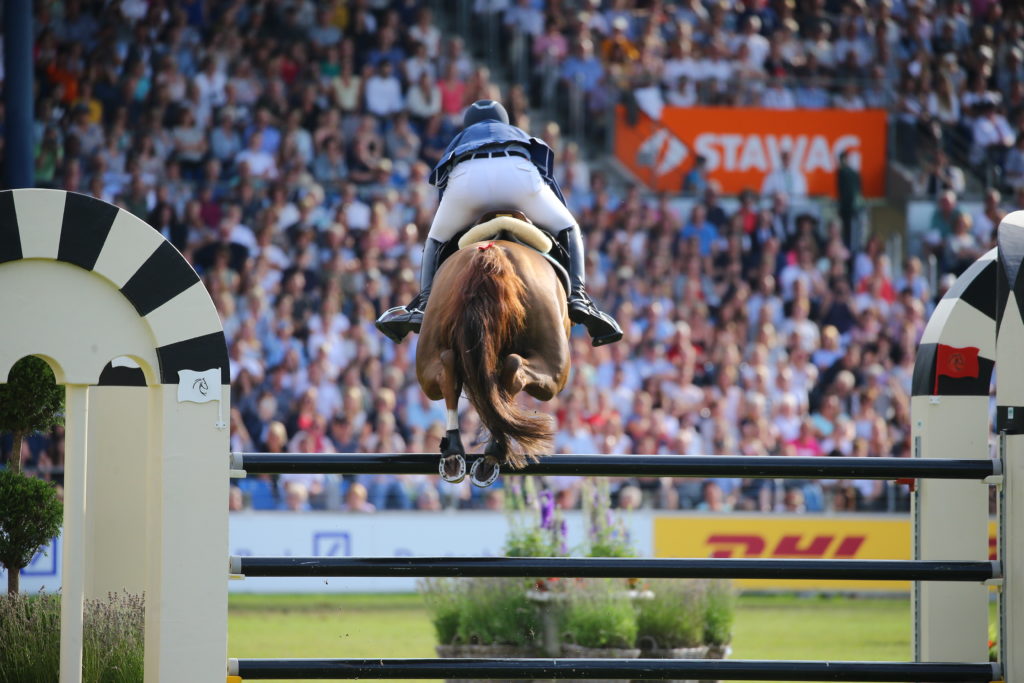Article by Doc. Emanuela Valle, Department of Veterinary Sciences – University of Turin
Athletic efforts made by horses change depending on the discipline competed in. All horses must reach a level of perfect fitness and hence be judged ‘fit to compete’. It is not easy to assess the horse’s athletic effort, but there are, however, a number of factors that can be measured so as to understand its intensity.
1- HEARTBEAT
- Measuring the heartbeat during exercise allows us to assess the effort the horse is making. Today there are simple-to-use heart rate monitors that are easily adapted to our equipment. A wristwatch then tells us exactly what the horse’s heart rate is in real time. If at rest the heart rate is influenced by several factors, including emotions and stress, while during exercise there is a relationship between heart rate and speed and therefore effort. Above a certain speed, therefore having overcome a given physical effort, the heartbeat is no longer influenced by other factors, but there is a direct relationship between speed and the effort made. Cantering at between 340 and 400 metres a minute, the horse’s heartbeat is between 140 and 150 beats a minute while at speeds faster than 450 metres a minute then the heartbeat rises to above 160 a minute.

- During a cross-country the heartbeat ranges between 160 and 200 a minute or more, regardless of the level of the competition. The effort, in fact, is influenced by competing conditions more than the difficulties presented. In just a few minutes the body is subject to a very intense effort also including a significant production of metabolites such as potassium lactate as well being subjected to oxidizing stress. Three minutes after the end of the cross-country phase, a healthy horse has figures at around 53% of its fastest heartbeat. If its heartbeat was for example 240 per minute, three minutes after finishing the cross-country it will already have fallen to about 120 beats per minute even after galloping fast with an average heartbeat of 190 per minute.
2- POTASSIUM LACTATE
Potassium lactate is a toxic composite for cells, the accumulation of which causes muscular fatigue. Measuring the concentration of potassium lactate in the blood allows one to understand the level of exercise intensity. When the result is above 4 millimoles per litre then it means that the effort is of an anaerobic kind hence in the absence of oxygen. In these situations the muscles produce energy through a very complex mechanism that causes the production of significant amounts of lactic acid when tiredness appears.

The production and elimination of lactic acid depend on:
- ● The level of training: a fit horse is more able to use and metabolise lactic acid.
- ● Exercise: it is the intensity of exercise that determines the production of potassium lactate. By getting a horse fit one improves the anaerobic level and therefore resistance and performance
- ● Cooling down: trotting and drying off a horse after a training session allows active recovery that disposes of recently produced lactic acid.
HELP WHILE MAKING EFFORTS
So as to support good training a horse requires energy provided by a suitable diet. In order to provide energy, a basic diet must consists of specific sources of energy consisting of:
- ● Fibre: Fibre is the main source of energy and must amount to at least 50-60% of the horse’s energy. Good quality hay helps one plan a diet to which one can add super fibres. These are contained in food such as pulp and hull, called super fibres because although fibrous they contain more energy compared to hay
- ● Starch: this is the classic source of energy contained in cereals. One should not overdo it with cereals since they are not easily digestible. It is best not to go over 2 g of starch per feed, hence 2 kg of cereal mix for a horse weighing 500 kg. For very sensitive horses, however, it is better to remain below 2 grams of starch per day.
- ● Fats: Fat contains a great deal of energy and therefore fatty feed, in which there is more than 5% of fat, can help compensate for energy needs when training is intense without an excessive use of cereals.
- -Supplements
WHICH SUPPLEMENTS TO CHOOSE?
Intense exercise causes both the production and accumulation of potassium lactate as well as other metabolites. In fact, intense exercise not only has an effect on muscles but also on tissue affecting the immune system and causes an increase in proteins linked to inflammation. So as to prevent the negative effects of this reaction one can correctly feed and train one’s horse, but also integrate its diet with specific substances such as: – Lactic acid buffers: They have this name because they can prevent the accumulation of lactic acid. The best-known is DMG or Dimethylglycinedimetilglicina. The addition of buffers must occur before competing since this can facilitate recovery between one competition and another. – Antioxidants: These are extremely important molecules for dealing with stress arising from intense exercise. They are naturally present in the organism but can also be added to food. Vitamin E and Vitamin C, for example, are the basic ones, but integrators also include added raw materials or vitamin additives that have an antioxidant function. Among the many substances available on the market having this function there are natural extracts contained in berries in large quantities or other vegetal forms of nutrition such as fruit and vegetables.

